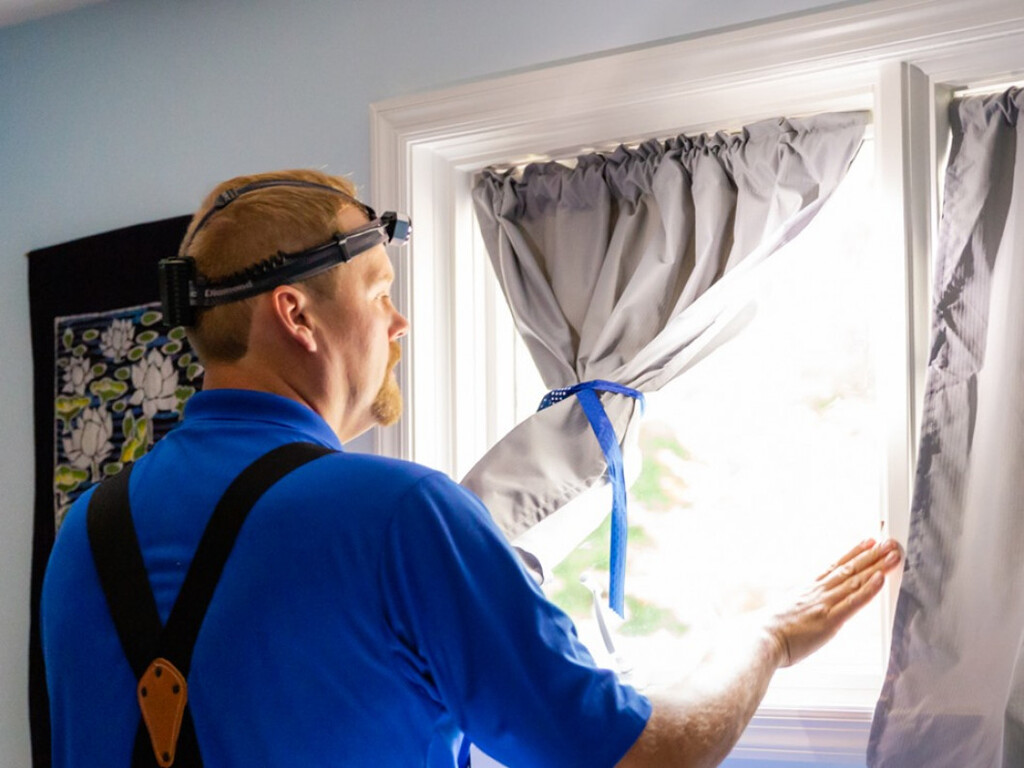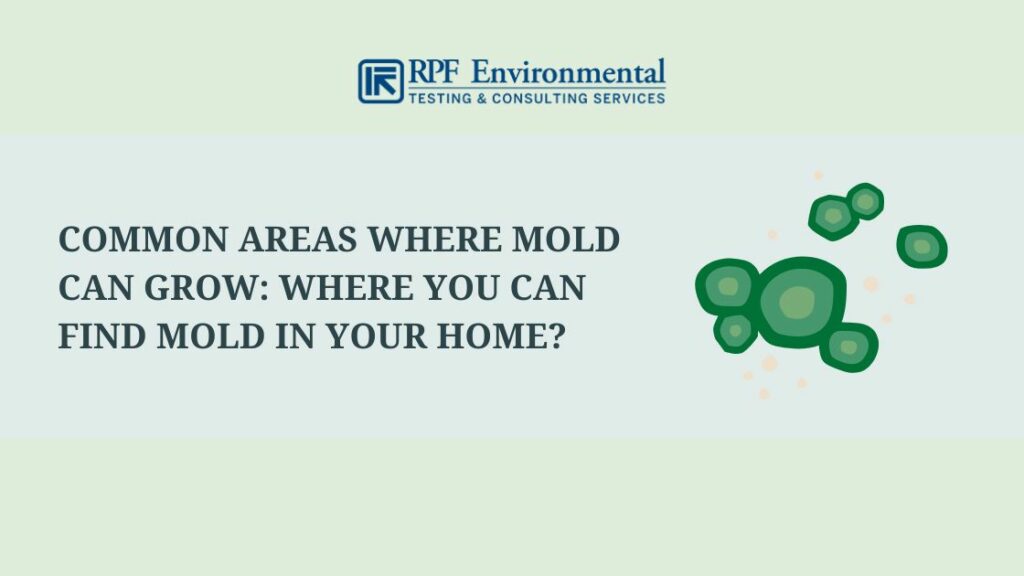How Mycotoxin testing Services Can Protect Your Products
How Mycotoxin testing Services Can Protect Your Products
Blog Article
How Mycotoxin Testing Assists Stop Contamination and Guard Food Products

Mycotoxin testing is an important technique in the food industry, serving as a frontline protection versus contamination by hazardous toxic substances generated by molds. Through the application of innovative techniques like High-Performance Liquid Chromatography (HPLC) and Fluid Chromatography-Mass Spectrometry (LC-MS), food manufacturers can properly measure and find mycotoxin levels in farming products.
Recognizing Mycotoxins
Recognizing mycotoxins starts with identifying that they are toxic secondary metabolites produced by particular mold and mildews, which can infect farming items. These metabolites are not necessary for the development or recreation of the fungis however can have serious ramifications for human and animal health. Mycotoxins are typically found in staple plants such as corn, wheat, barley, and nuts, where they can multiply under certain problems of wetness and temperature.
There are a number of types of mycotoxins, each generated by various fungal species. Fusarium varieties create fumonisins and trichothecenes, both of which are connected with various intense and chronic wellness problems.

Dangers of Mycotoxin Contamination
The threats of mycotoxin contamination are diverse, presenting considerable risks to both food safety and public wellness. Mycotoxins, hazardous compounds produced by particular sorts of fungi, can infect a wide variety of farming items including grains, nuts, flavors, dried fruits, and coffee. As soon as these toxins penetrate the food supply, they can cause serious wellness problems such as liver damages, kidney failing, and even cancer cells. Vulnerable populaces, consisting of children, the senior, and immunocompromised individuals, are specifically in danger.
Financial impacts are one more major problem. Contaminated crops can cause substantial monetary losses for farmers and food manufacturers due to minimized yields and the requirement for costly purification measures. Furthermore, worldwide profession can be substantially prevented as countries enforce strict mycotoxin policies to shield their populations, resulting in turned down deliveries and strained trade connections.
Environmental factors such as climate modification worsen the danger of mycotoxin contamination. Variants in temperature level and moisture can develop favorable conditions for fungal development, increasing the possibility of contamination events. Thus, understanding and reducing these dangers are vital for ensuring the safety and integrity of global food products.
Methods of Mycotoxin Evaluating
Precisely identifying mycotoxin contamination in agricultural products is essential for safeguarding public wellness and keeping food safety and security requirements. Different methods are employed to detect and evaluate mycotoxins, each offering certain advantages and limitations.
High-Performance Liquid Chromatography (HPLC) is an extensively made use of technique due to its high sensitivity and accuracy. It entails dividing mycotoxins from other substances in an example, allowing accurate metrology. Likewise, Liquid Chromatography-Mass Spectrometry (LC-MS) incorporates fluid chromatography with mass spectrometry to provide comprehensive molecular information, making it specifically beneficial for identifying numerous mycotoxins concurrently - Mycotoxin testing Services.

Gas Chromatography-Mass Spectrometry (GC-MS) and Thin-Layer Chromatography (TLC) are also employed, each with unique applications. GC-MS is effective for unstable mycotoxins, while TLC provides a simpler, cost-effective alternative for initial testing.
Benefits of Regular Testing
Normal testing for mycotoxins in agricultural items uses many benefits, considerably contributing to public wellness and food security. By determining contamination early, regular screening assists avoid the circulation of harmful foods, thereby reducing the threat of mycotoxin-related health problems among customers. This positive approach not just safeguards human health and wellness but additionally improves the total high quality of food products.
Constant testing also sustains regulative conformity. Different nations and areas have actually established strict limitations for mycotoxin levels in food and feed. Complying with these limitations with routine screening ensures that suppliers and manufacturers satisfy legal criteria, therefore staying clear of charges and trade barriers. Preserving conformity fosters customer trust and brand name online reputation, which are important for market success.
Additionally, routine mycotoxin testing can cause considerable financial advantages. Early detection of contamination allows for timely treatment, decreasing prospective losses from prevalent contamination. Implementing routine screening procedures can additionally lessen recall prices and associated liabilities, which can be read the full info here monetarily devastating.
Moreover, routine screening supplies beneficial information that can inform much better farming techniques and storage space conditions. By comprehending patterns of contamination, manufacturers can adopt safety nets, therefore contributing and reducing future dangers to the sustainability of the food supply chain.
Executing Evaluating Methods
Executing efficient mycotoxin testing methods is critical for guaranteeing the safety and top quality of farming items. Each phase should be inspected to determine where mycotoxin contamination is most likely to happen.
Once crucial control points are recognized, choosing appropriate screening techniques is important. Typical strategies include enzyme-linked immunosorbent assay (ELISA), high-performance liquid chromatography (HPLC), and mass spectrometry (MS) Each approach has its staminas and weaknesses; hence, picking the correct one depends on the specific mycotoxin being checked, the called for level of sensitivity, and available resources.

Finally, incorporating the screening procedures right into a detailed food security administration system is advisable. This improves traceability and makes it possible for swift rehabilitative activities when contamination is detected, thus securing the stability of the food supply chain.
Conclusion
Mycotoxin screening is crucial in stopping contamination and site here protecting food supplies by making it possible for early discovery of dangerous contaminants generated by mold and mildews in farming items. Advanced methods such as HPLC and LC-MS make certain compliance with safety and security guidelines and protect consumers from health dangers. Normal screening improves brand credibility, financial stability, and rely on food safety by lessening contamination-related losses and preserving high requirements in food production. Executing rigorous testing procedures is thus critical for the market's total health.
Mycotoxin testing is an important practice in the food sector, serving as a frontline protection against contamination by hazardous toxic substances produced by molds. An incorporated method including farming practices, storage space monitoring, and normal testing can alleviate the dangers associated with mycotoxin contamination, ensuring food safety and security and public wellness.
The dangers of mycotoxin contamination are complex, presenting substantial risks to both food This Site safety and security and public health and wellness.Normal screening for mycotoxins in agricultural items provides numerous benefits, substantially adding to public wellness and food safety and security.Mycotoxin testing is important in stopping contamination and securing food materials by making it possible for early discovery of unsafe toxins produced by mold and mildews in agricultural items.
Report this page